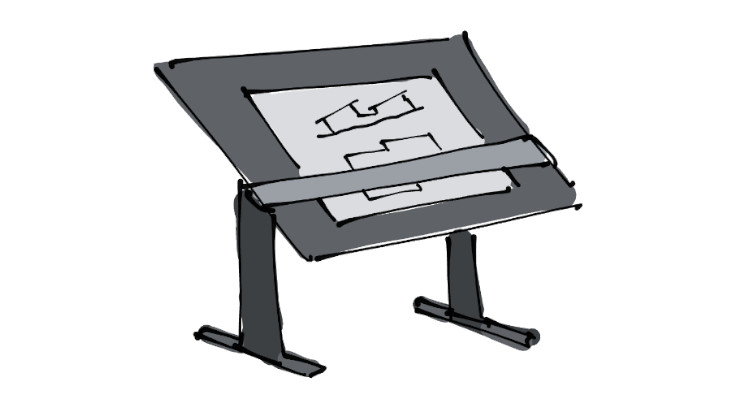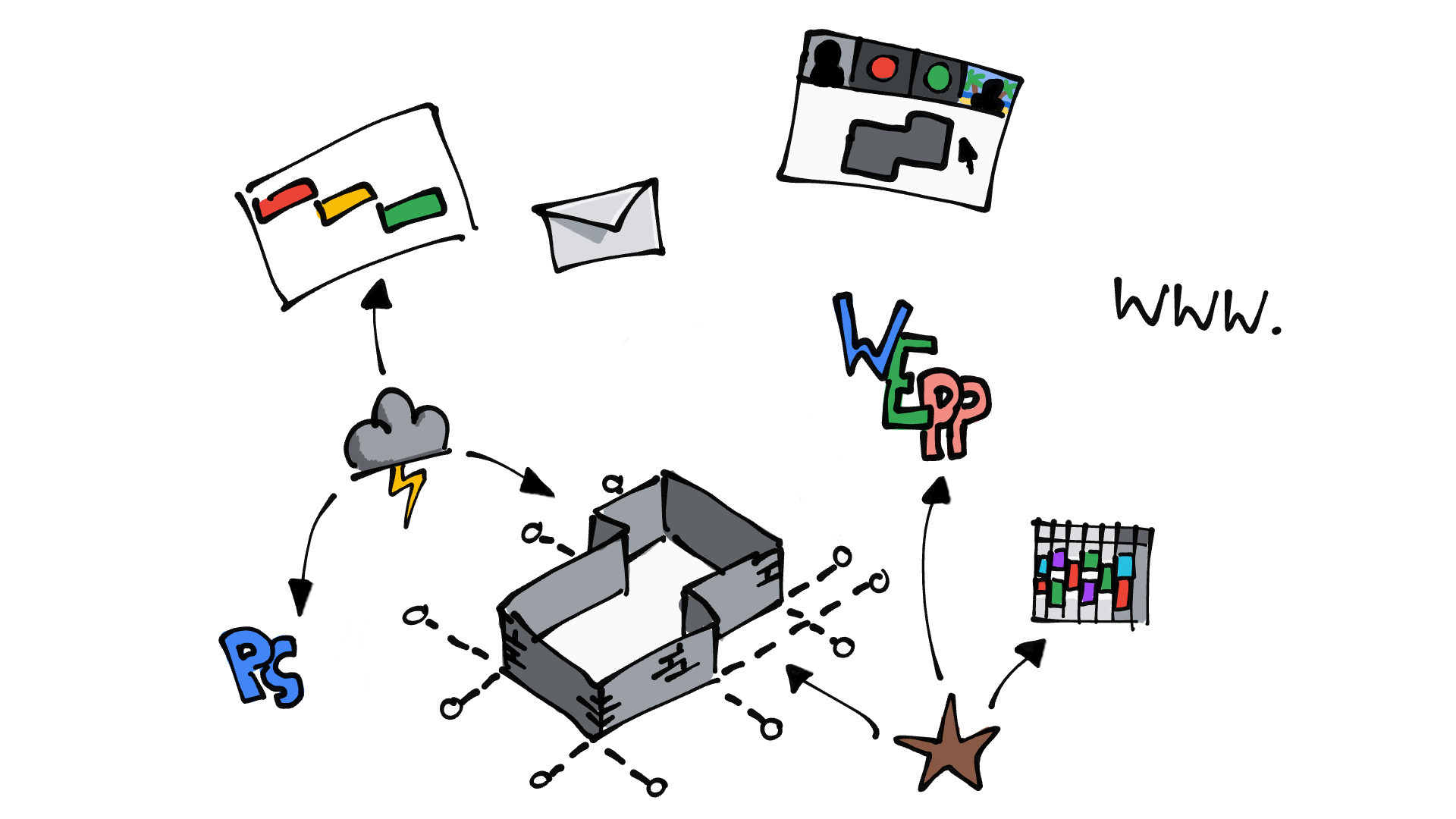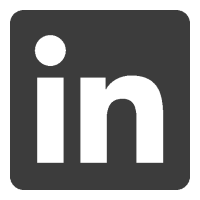Introducing DESMAN
Part 1: The Time
There was a time when all an architect needed to design great buildings was a drawing board, paper, and a few trusted implements. There was no monthly subscription for this board, no concerns about compatibility. You could place any paper on any board, and it just worked. Your focus was entirely on the act of creation.

Fundamentally, tools should support what we do, not stand in our way. They should enable great work, not restrict how we work. They should abstract away complexity and help us express our raw creativity, not stifle it.
For a time, the evolution of our tools held to these principles. Drawing boards gave way to computers, at first little more than digital equivalents, but gradually evolving in capability. Then came 3D modelling and visualisation, offering tangible productivity gains. The true paradigm shift, however, occurred when we integrated data into these models, creating rich digital twins that could capture entire project lifecycles. With the falling cost and rising power of computing, even our phones can now serve as portals into this digital realm. Our capabilities have evolved immensely; we can do more than ever before.
The Cost of a New Model
However, this evolution has come at a cost. Somewhere along the line, a fundamental shift occurred. We were moved from owning our tools to renting them, forced into a model of perpetual subscription. This change eliminated our most powerful leverage as consumers: the choice to not upgrade.
The SaaS Experience: Try to Buy Once!
In the past, a practice could stick with a stable, owned version of software for years. To earn our business again, developers were compelled to deliver genuine, valuable innovation that would justify the cost of a new license. And for a long time, they did. Today, that incentive is gone. With revenue guaranteed through recurring fees, the drive for meaningful progress has been replaced by a trickle of minor features. In some cases, the software has even gotten worse, with critical functionality like the ability to save to older formats being removed.
The result is stagnation. Our creative focus is forced to shift from creation to coordination as we juggle multiple platforms, wrestle with incompatible file formats, and question who truly controls our project data in this new rental economy.
The Weight of Modern Expectations
Simultaneously, the expectations placed upon us as professionals continue to rise. We are asked to deliver more, faster, with fewer resources. To be creative, innovative, and to collaborate seamlessly across disciplines. All of this occurs whilst our time, energy, and margins are progressively squeezed.
The default response to this pressure has too often been to add another application to the mix. Another subscription, another learning curve, another disconnected system. Instead of streamlining our work, this approach often increases the systemic friction, adding one more potential point of failure to an already complex workflow.
The Challenge of Adoption
This fragmentation creates another critical point of failure: adoption. An idea or a new system is useless if it isn't embraced by everyone it needs to serve. When data is scattered across multiple platforms, the burden of curating a single source of truth becomes immense, and the initiative is often abandoned.
These technical, data-driven workflows are difficult to roll out under any circumstance. For those outside the design office, it can be nearly impossible. The local builder on site doesn't want to use a new online platform, not necessarily because it’s hard to use, but because it’s inaccessible. From requiring a strong internet connection, to expensive licenses, intuitive interfaces or simply another login to remember. This friction doesn't just affect our practices; it holds back the entire industry.

Digital Middlemen
This ecosystem has given rise to a new layer of intermediaries. Digital middlemen pushing an MVP app for every aspect of our operations, and skimming value from each project. These platforms promise streamlined workflows, but often operate on a familiar model: drawing users in with free or low-cost tiers, locking in their data, creating a cycle of dependency, and then ramping up prices to provide shareholder returns. As technology evolves, the marketing buzzwords shift, but the underlying model often gets worse for the end user.
A Question
These challenges have led me to ask a series of fundamental questions.
Wouldn’t it be better if we could run our practices and projects more efficiently, benefiting our clients and our
teams? What if a single, cohesive tool could do everything we truly need? What if we owned and controlled our
software and data again? What if automation was an intuitive default, not a paid add-on? What if integration meant true
cohesion, not just a patchwork of fragile connections?
I believe it’s time for a change. A new way of working. A return to clarity, simplicity, and control.




